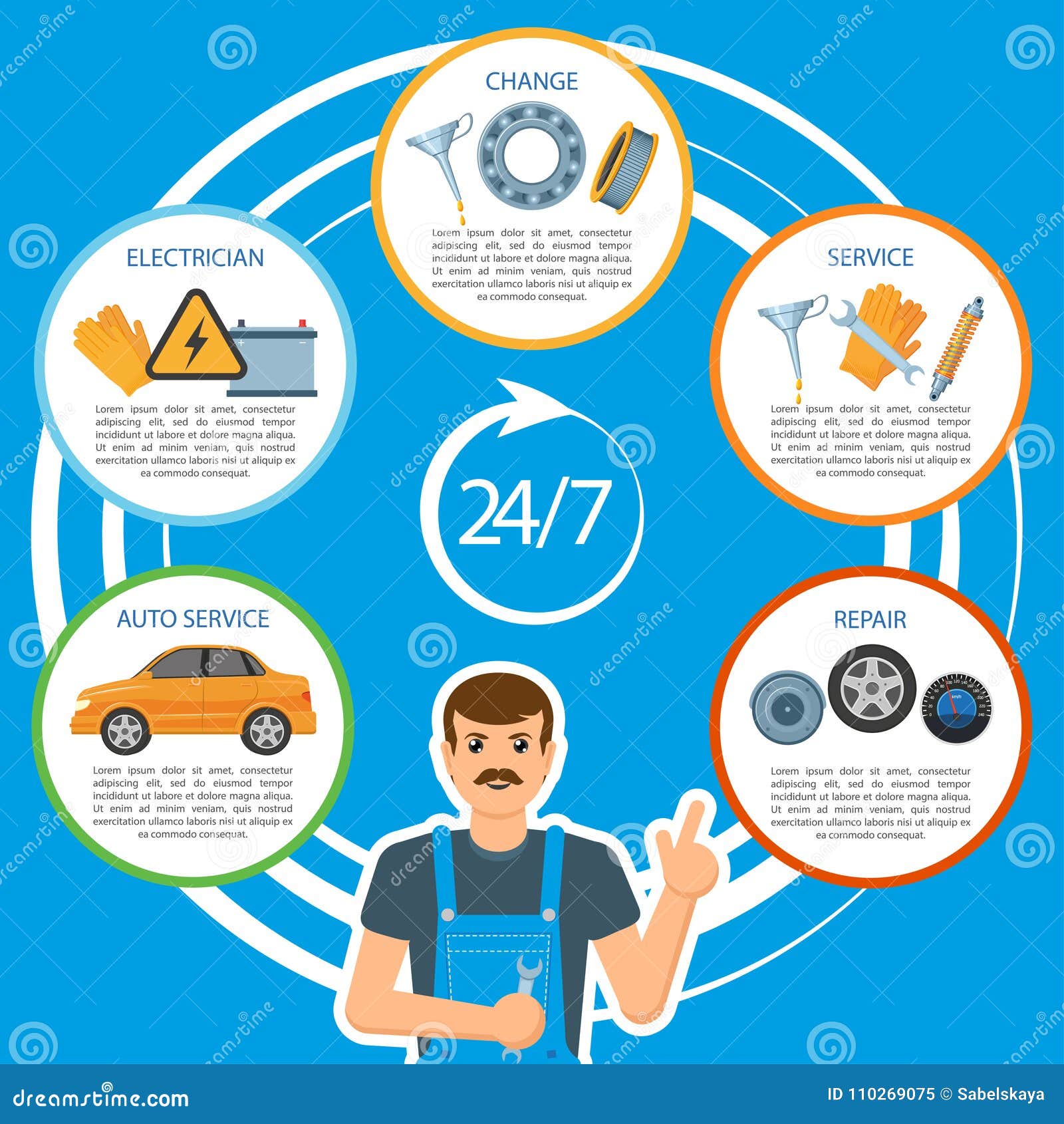Recognizing Your Auto'S Caution Lighting: What Do They Actually Mean?
Recognizing Your Auto'S Caution Lighting: What Do They Actually Mean?
Blog Article
Material By-Higgins Dalgaard
When you're behind the wheel, those beautiful caution lights on your control panel can be a little bit difficult. Do cargroomingbotany recognize what they're trying to inform you about your automobile's health? Comprehending the relevance of these lights is vital for your security and the longevity of your lorry. So, the next time among those lights turns up, would not you want to decipher its message accurately and take the essential steps to resolve it?
Common Warning Lights and Interpretations
Identify typical warning lights in your car and understand their meanings to ensure risk-free driving.
The most typical caution lights consist of the check engine light, which indicates issues with the engine or emissions system. If this light begins, it's critical to have your car checked promptly.
The oil stress cautioning light suggests low oil stress, calling for immediate attention to prevent engine damages.
A flashing battery light may recommend a damaged charging system, possibly leaving you stranded otherwise resolved.
The tire stress monitoring system (TPMS) light notifies you to low tire pressure, influencing car security and fuel efficiency. Ignoring this might cause dangerous driving problems.
car wrap nz suggests a problem with the anti-lock braking system, compromising your capacity to quit promptly in emergencies.
Last but not least, the coolant temperature level warning light warns of engine overheating, which can cause extreme damages otherwise solved swiftly.
Comprehending these typical warning lights will help you resolve problems quickly and preserve safe driving conditions.
Value of Prompt Attention
Comprehending the usual warning lights in your vehicle is only the very first step; the value of promptly addressing these cautions can not be emphasized enough to ensure your security when driving.
When a caution light brightens on your control panel, it's your auto's method of connecting a possible problem that requires attention. Overlooking these cautions can bring about more extreme problems in the future, jeopardizing your safety and security and potentially costing you extra out of commission.
Motivate interest to advising lights can prevent break downs and mishaps. For instance, a blinking check engine light might indicate a misfire that, if left ignored, might create damages to the catalytic converter. Resolving this immediately can save you from an expensive fixing.
Similarly, a brake system alerting light might signify reduced brake liquid or worn brake pads, essential elements for your safety when driving.
Do It Yourself Troubleshooting Tips
If you observe a warning light on your control panel, there are a couple of do it yourself troubleshooting suggestions you can try prior to seeking professional aid.
The first step is to consult your auto's handbook to understand what the particular warning light shows. Occasionally the concern can be as simple as a loosened gas cap triggering the check engine light. Tightening up the gas cap might solve the issue.
An additional usual problem is a reduced battery, which can activate different advising lights. Examining the battery links for corrosion and ensuring they're secure could take care of the issue.
If a warning light lingers, you can attempt resetting it by disconnecting the car's battery for a few minutes and afterwards reconnecting it. In addition, checking your automobile's liquid degrees, such as oil, coolant, and brake fluid, can help repair advising lights associated with these systems.
Final thought
Finally, comprehending your vehicle's warning lights is vital for maintaining your vehicle running smoothly and securely. By promptly resolving these informs and recognizing what they imply, you can prevent expensive fixings and prospective breakdowns.
Bear in mind to consult your auto's guidebook for certain information on each alerting light and act as necessary to ensure a hassle-free driving experience.
Remain informed, remain safe when traveling!
